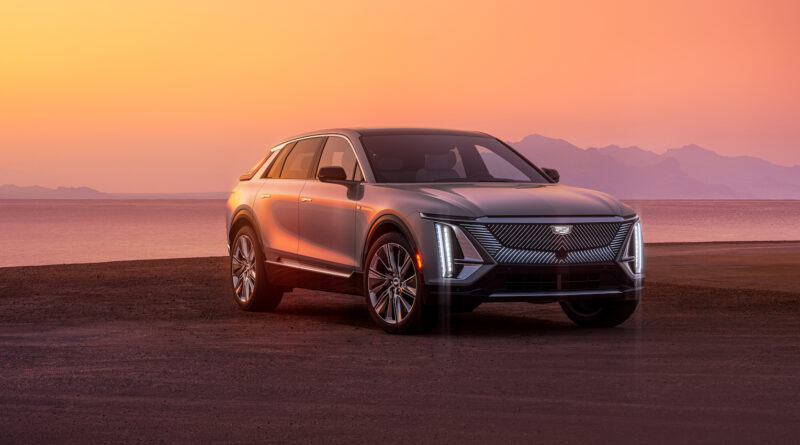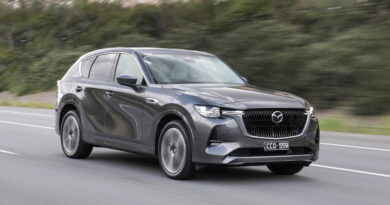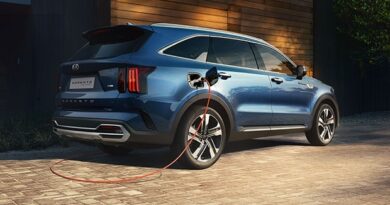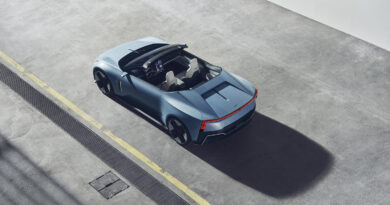Cadillac to return to Australia as EV-only brand to fight Tesla, BMW, Mercedes-Benz, Audi, Polestar, Volvo and Lexus
Cadillac is making a comeback to Australia as an EV only brand, starting with the Lyriq mid-sized electric SUV around the middle of 2024.
Parent company General Motors has confirmed the Cadillac Lyriq will go on sale in Australia in 2024 ahead of a yet-to-be-named family of new EVs that plan to shake up the luxury establishment with a quintessentially American brand that is known for big wings, long fins and countless pop culture references.
The Lyriq is expected to be priced from about $150,000, putting in rarefied EV air against the likes of the Mercedes-Benz EQE SUV, BMW iX and Audi Q8 e-tron. Comparisons will naturally be made with the Tesla Model Y, which dominates EV sales here and globally – and while Cadillac’s initial offering will sit way above a Tesla on price, the company says it considers the EV start-up a rival.
Don’t expect big things from the brand initially from a sales perspective, though. Executives referenced “exclusive volume” but refused to put numbers around it. It appears the traditional luxury brands won’t have a lot to be concerned about initially.
Still, the arrival of Cadillac signals the intention of the iconically American brand to take on the world’s best luxury brands, including BMW, Mercedes-Benz, Audi, Volvo and Lexus. Cadillac will also naturally be compared with electric car brands such as Tesla and Polestar.
The announcement of Cadillac’s return to Australia comes 14 years after GM last tried to bring Cadillac down under before pulling the pin at the eleventh hour as the global financial crisis began to bite.
Details about the launch of the Cadillac brand were light-on at a media event in Melbourne that included Cadillac vice president John Roth, who pointed to a global expansion of the brand.
“Cadillac is experiencing great sales momentum thanks to our strong product portfolio – and we are now expanding our business globally,” said Roth. “The introduction of a right-hand-drive Lyriq will enable new opportunities in important markets where EV adoption is strong.”
While the brand will brand will launch with a single model, there are plans to expand as Cadillac builds its EV lineup over the next few years.
The company has trademarked various nameplates, including Escalade iQ, the all-electric version of the large SUV.

“Cadillac will be in a position to offer a fully electric portfolio by 2030,” said Bala. “Launching our all-new, all-electric Cadillac EV business in Australia and New Zealand positions us well to be able to select the right models for these markets – just as we are doing with Lyriq.”
Left to right with EVs
Cadillac has long been on the radar for Australia, but the company’s focus on the North American market has been hampered by a lack of vehicles engineered with the steering wheel on the right-hand side.
For decades GM has promised right-hand drive models and it has regularly failed to deliver.
But electric vehicles simplify the process.
EVs make that engineering work a lot easier. Instead of a chunky engine and gearbox to work around there are relatively compact electric motors and a flat battery pack that make positioning braking and steering systems on either side of the car a lot easier.
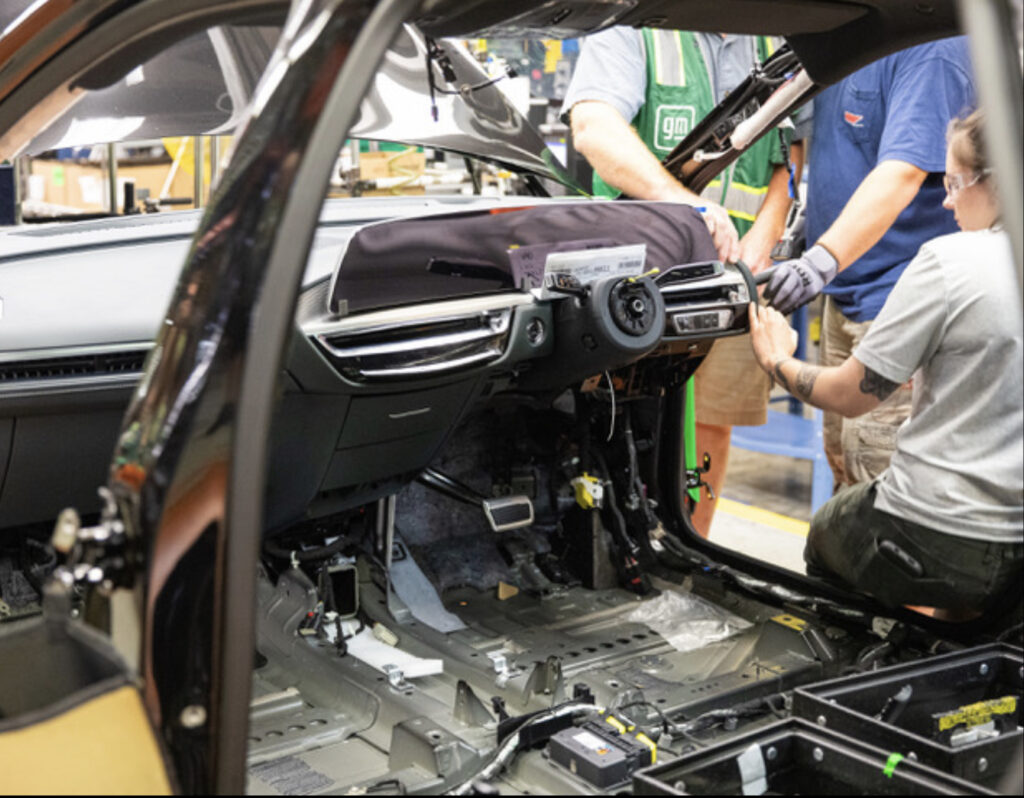
That’s no doubt one reason Cadillac is going against recent moves by parent company General Motors to pull back from right-hand drive markets such as Australia, Japan and the UK.
A lot of it comes down to what the companies markets as Ultium, which refers to the electrical architecture and battery pack the company has designed to underpin everything from sedans and SUVs to pick-up trucks and sports cars.
Building trust Cadillac’s biggest challenge
Arguably Cadillac’s biggest challenge in Australia will be to get Aussies to trust it.
While the brand has terrific recognition, it doesn’t have the all important reputation that luxury buyers value.
Nor does General Motors have a reputation for sticking with a brand.
While Cadillac suggests it is here for the long run, that’s been a familiar theme from previous GM brands locally. Remember Opel, Saab, Hummer, Daewoo and Holden?
In launching Opel in Australia the company said “backing out of Australia is not even a consideration” before pulling the pin less than a year after the big fanfare.

And soon after Holden announced it would cease local manufacturing and become an import-only prospect it claimed “we’re here to stay for the long term” and that “we are not going anywhere”.
Not long after it pulled the pin on the once dominant Holden brand.
So the challenge for Cadillac will be establishing the brand as a serious contender in Australia, something that’s not easy against the might of predominantly German luxury competitors.
”What’s important for the public to understand now is that adding right-hand drive and coming to Australia and New Zealand was not an afterthought,” said Bala.
Cadillac chief John Roth said it would be a long process.
”We will build that trust through time. It’s why it’s exclusive volume to start with.
“You want a brand like Cadillac to compete with tier one luxury … we have to earn trust each and every day.”
Cadillac Lyriq
The Australian Cadillac journey kicks off with the Lyriq, often referred to as a mid-sized SUV but that has dimensions closer to something that would usually have three rows of seats.
But it’s only a five-seater, albeit a spacious one.
Riding on the Ultium architecture, the Lyriq is available overseas as a 255kW/440Nm single-motor, rear-wheel drive or 373kW/610Nm dual-motor, all-wheel drive.
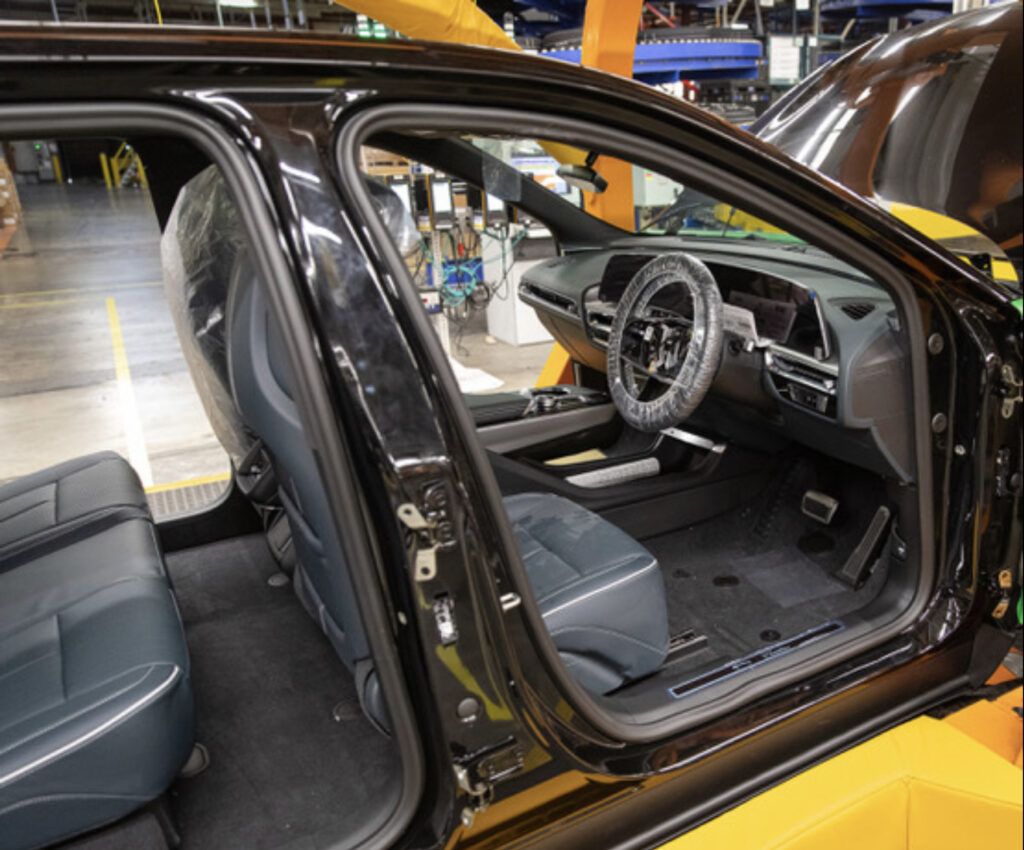
It has 102kWh of battery capacity that provides a range of up to 505km in the rear-drive model or 494km in the AWD.
In the US the Lyriq is priced from US$58,590 to US$74,590, suggesting Australian pricing will run into six figures. There have been suggestions it could be priced closer to $150,000.

